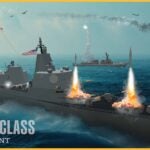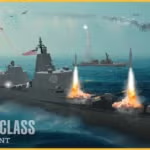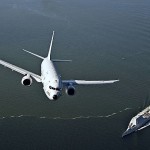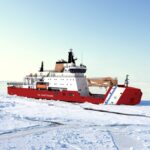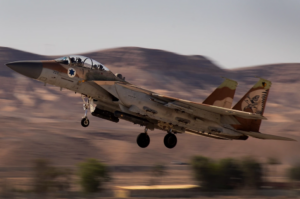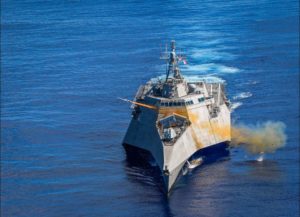
The Navy has started a two-phase Littoral Combat Ship (LCS) lethality and survivability program to improve the capabilities of both ship variants. “We are going into a lethality and survivability program where we will be adding even more capability and driving to a commonality for these ships. So we’re bringing that commonality to strategize better improvements in our capability as well as to our crewing,” Kitty Sutherland, LCS Integrated Combat Systems (ICS) deputy program manager, said during the annual Surface…

 By
By 